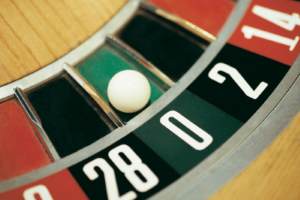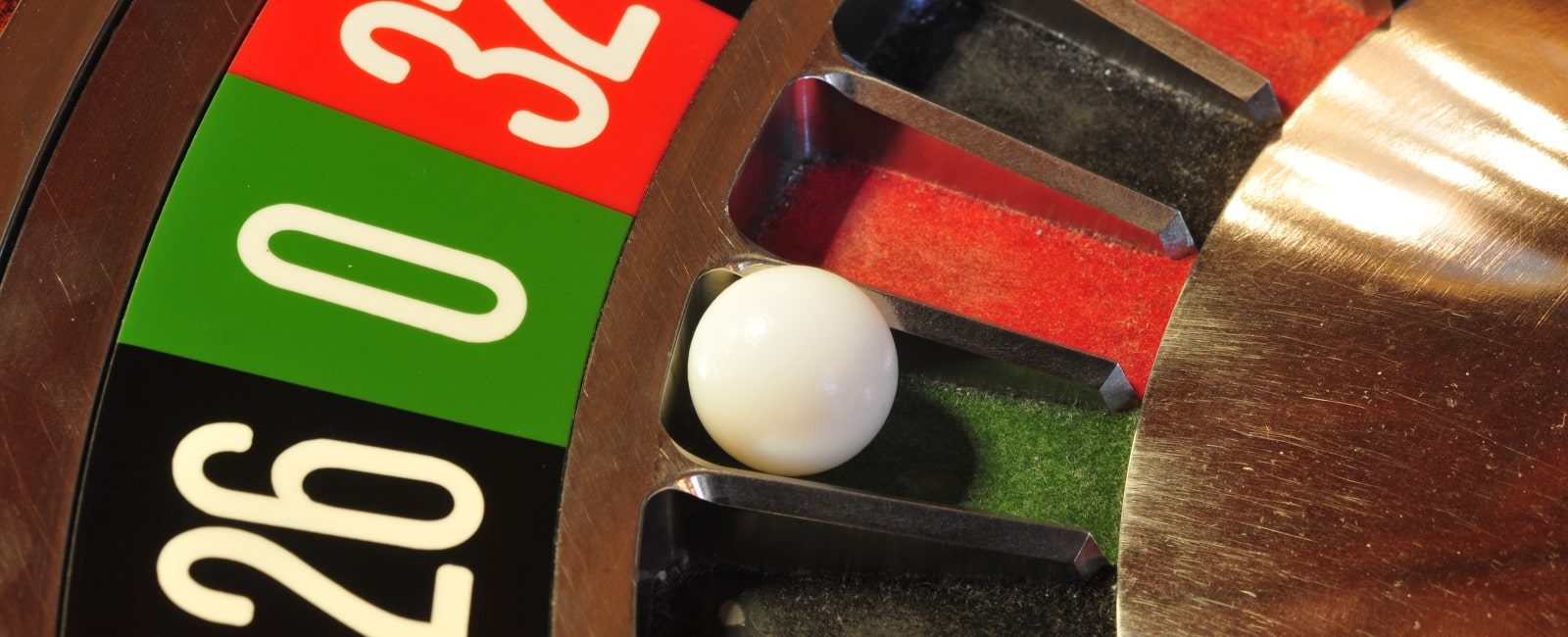Why Do Roulette Wheels Have a Zero?

Roulette is one of the oldest casino games there is (well, a form of craps is older, but it isn’t really played anymore). It is also one of the most popular, mostly due to its simplicity to play.
Roulette is enjoyed by players in their twenties to their eighties and is an easy game to pick up- many bets require little skill to play and enjoy, although some of the more complicated Roulette Call Bets can take longer to get your head around. And the most important aspect of the game is of course the wheel itself – the wheel is the game (the name means “little wheel” in French after all).
A form of roulette with a cylinder itself was first played around with way back in the 17th Century by a French inventor called Blaise Pascal. But it wouldn’t be until around a century later that the game of roulette would first be played by punters. Unfortunately the actual origins of the roulette wheel are hazy at best. However, over the years it eventually evolved in to the game that we are all familiar with today.
There are two types of main roulette wheels- each one has its own subtle differences. There is a European and an American type roulette wheel which both offer slight variations on the classic game. Let’s look at American vs European roulette. The American roulette wheel will come with one extra pocket compared to its European counterpart. Wheels Stateside tend to feature both a zero and a double zero slot. The European roulette wheel, on the other hand only has a single zero pocket. The zeroes are made more distinctive by having their pocket coloured green as opposed to the typical red or black that the other numbers are represented by. Some games like Key Bet Roulette have additional pockets where you can make a side bet- but we are drifting into the “novelty bets” with these games.
But why do roulette wheels contain a zero at all?
The zero didn’t exist on a wheel in the modern game until the mid-19th Century. Francois and Lois Blanc invented the idea of placing a single zero on the wheel in 1842 for King Charles III of Monaco. The wheel became a huge success in Monaco and helped generate a massive amount of income for the sovereign state and ultimately became a notable symbol for Monte Carlo’s special culture of upscale gambling that has become famous around the world. In short, it’s the zero that gives the casino it’s house edge. Imagine if you were making an even money bet like red or black on a roulette wheel with no zero. Your odds are 50/50, right? Now add a zero pocket, and your odds are almost 50/50, but not quite, as the ball can always land in the zero. In fact, your odds are around 47.4%.
The most noteworthy factor to take into account is that adding a zero gave the house a bigger house edge for payouts that remained the same. Let’s take the even money bet above as an example. The payout is 1:1. If you bet £10 and win, you win £10 (plus you get your bet back). A no zero wheel casino has no house edge for this payout on these bets. And a European Wheel has a house edge of 2.6%
Then, in the 1800s when the game travelled across the Atlantic and headed to the US the Americans tinkered with the game further still, and devised their own roulette wheel by adding an additional double zero pocket. This increased the houses edge even more. More pockets from 38 numbers: the zero, double zero and numbers 1 to 36. And as 2 of these pockets didn’t pay out on Inside Roulette bets, the casino took a bigger slice of the money being bet at the tables. Newer speciality games that you can find online like Paddy Power´s Card Roulette game continue the theme with jokers instead of zero pockets. Other games have bonus spin pockets and so on. The theory is the same- an even money bet doesn´t get paid out if the ball lands in one of these pockets.
The moral of the story? Given the choice between playing on a European Wheel and an American one, ALWAYS opt for the latter, it’s no roulette myth. Your odds are better.

